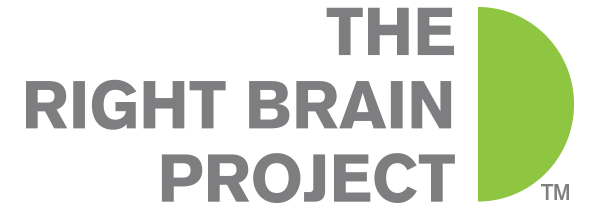Walk into any Kindergarten class and you'll discover children expressing themselves through music and art and story telling, uninhibited and immersed in the joy of being creative.
Then as they get a little older they begin to get feedback from their friends in the form of praise or criticism. “Wow, I wish I could draw like that” or “That doesn’t look like a dog.”
By the time we reach our mid teens, the dye has been cast, we’ve either chosen to be creative or we’ve chosen another path. For those who did not choose creativity, they likely excelled at something else.
The truth is, your creative capacity doesn’t disappear into some abyss when you stop using it. It’s available to be called upon at any time, even if you haven’t used it for decades.
Waking up your creative potential requires a change in mindset, being willing to temporarily put the practices you have become so good at to the side for the possibility of discovering something new for yourself.
Accomplishing this requires a new framework for creativity, in other words, designing new habits, rituals and processes that reshape the way you think.
By combining the Science, Action and Human Aspect of Creativity, participants in our programs come face to face with their creative self and their ability to be creative.

